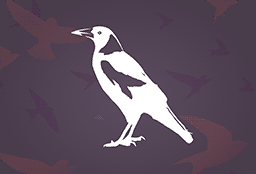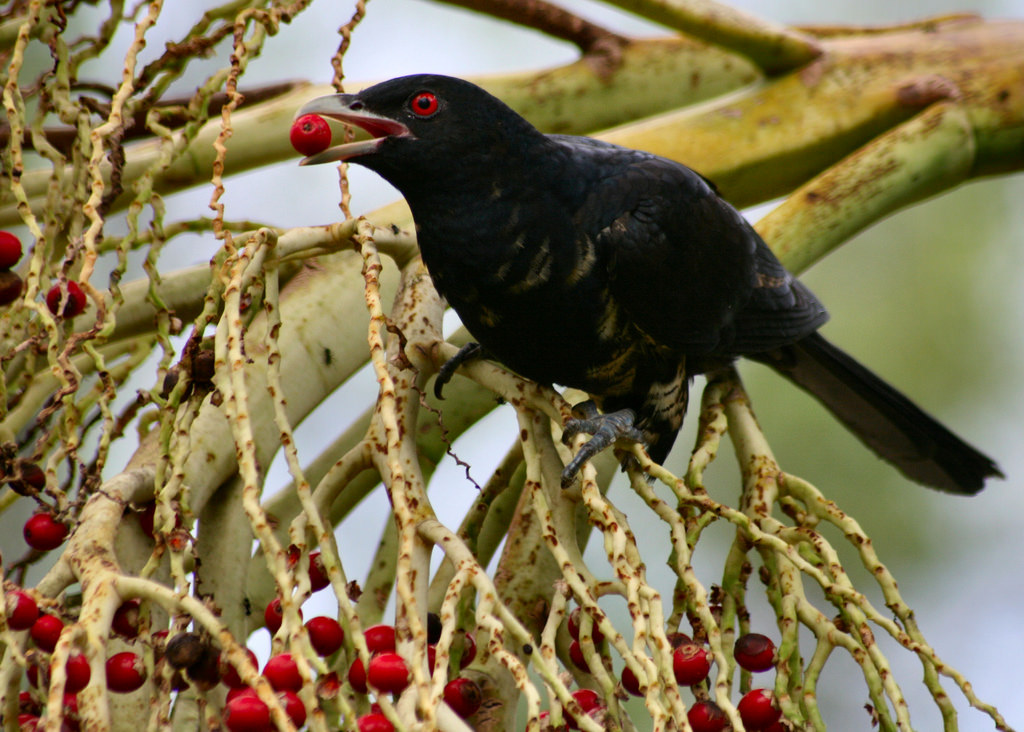Size
39 - 46 cm long (from head to tail)
Behaviour
Call
During the breeding season, the male's call is a loud ascending whistle "coo-ee" or "ko-el" which is repeated monotonously, while the female's call is a repetitive "keek-keek-keek-keek". Males can often be heard calling throughout the day, though especially in the early morning and evening, and sometimes at night.
Diet
Mainly fruit such as figs and berries, and occasionally insects. It usually feeds in the canopy of trees.
Movement
A summer migrant, it arrives in Australia in late September or October each year from its winter home in south-east Asia. After breeding it leaves Australia in March or April, although some birds may remain in northern Australia.
Breeding
After mating, the female lays a single egg in the nest of another bird species (called brood parasitism), commonly the Red Wattlebird, Magpie-lark, Friarbird or Figbird. After hatching, the young bird forces the other eggs and hatchlings out of the nest and the host bird raises it, unaware that it is not its own young. The young Koel grows to nearly twice the size of the host bird in four to six weeks, before migrating northwards, usually later than the adults. It returns the following year to breed.
Field Guide
Improve your identification skills. Download your Eastern Koel field guide here!




